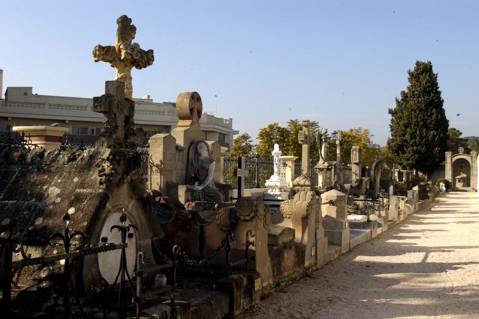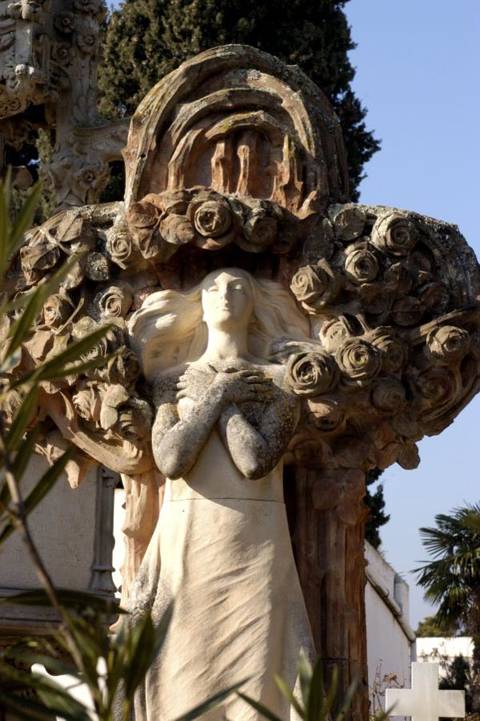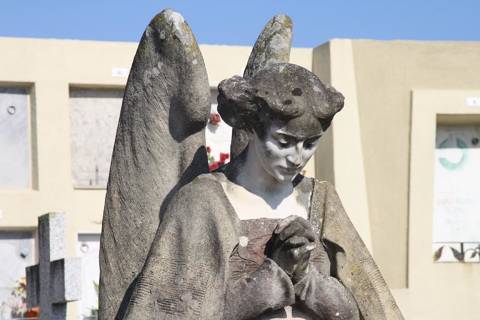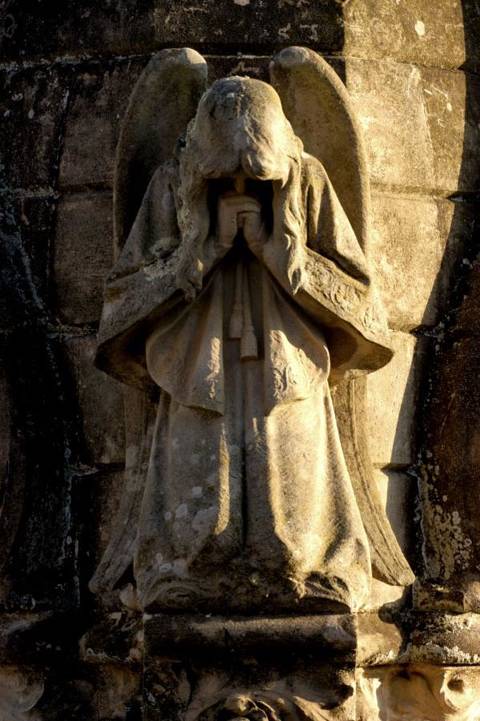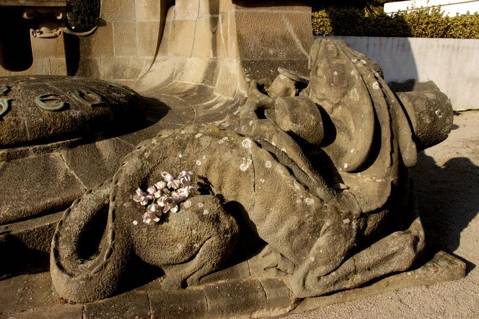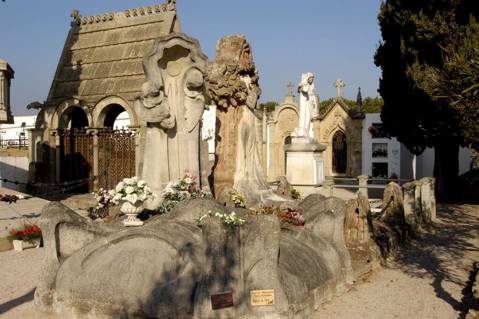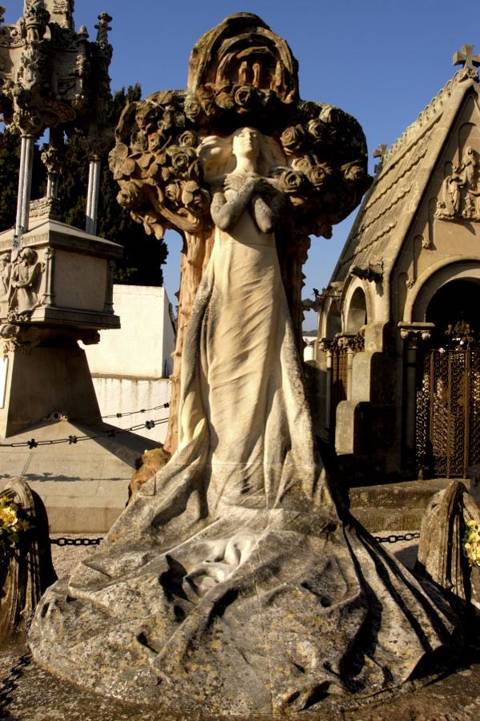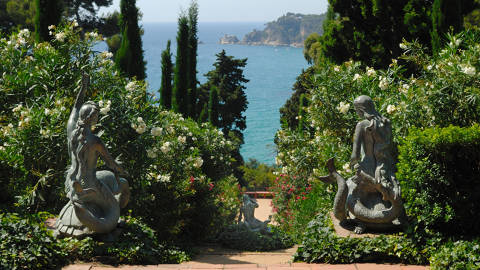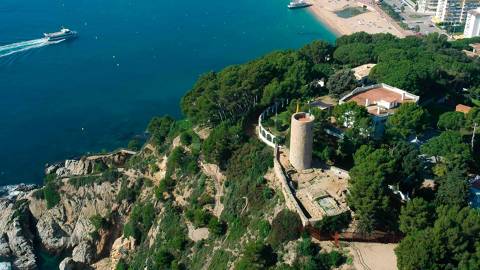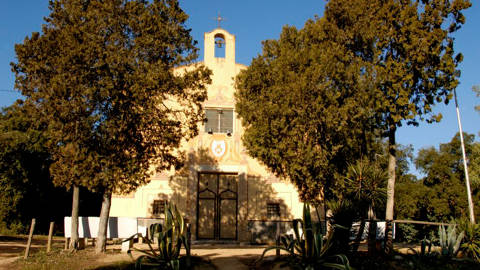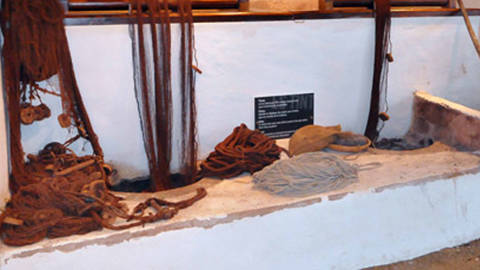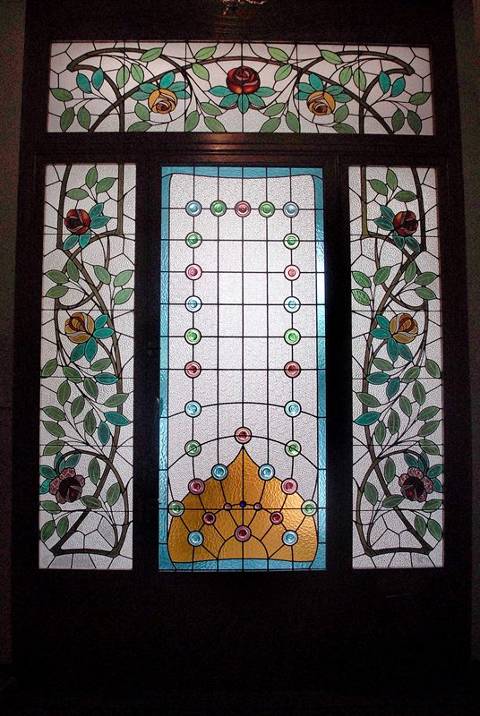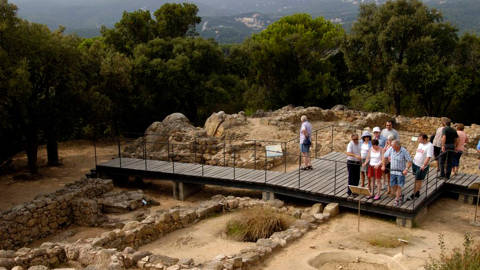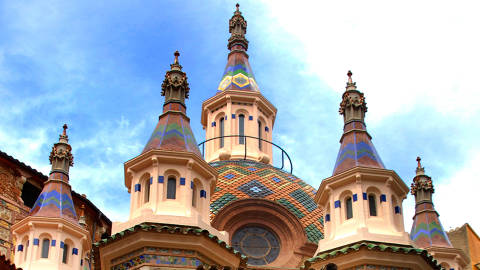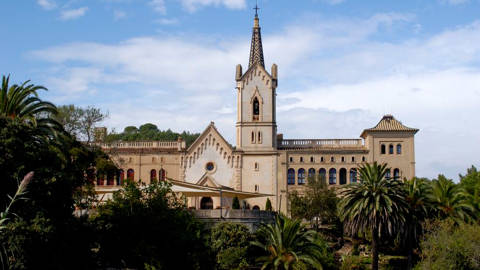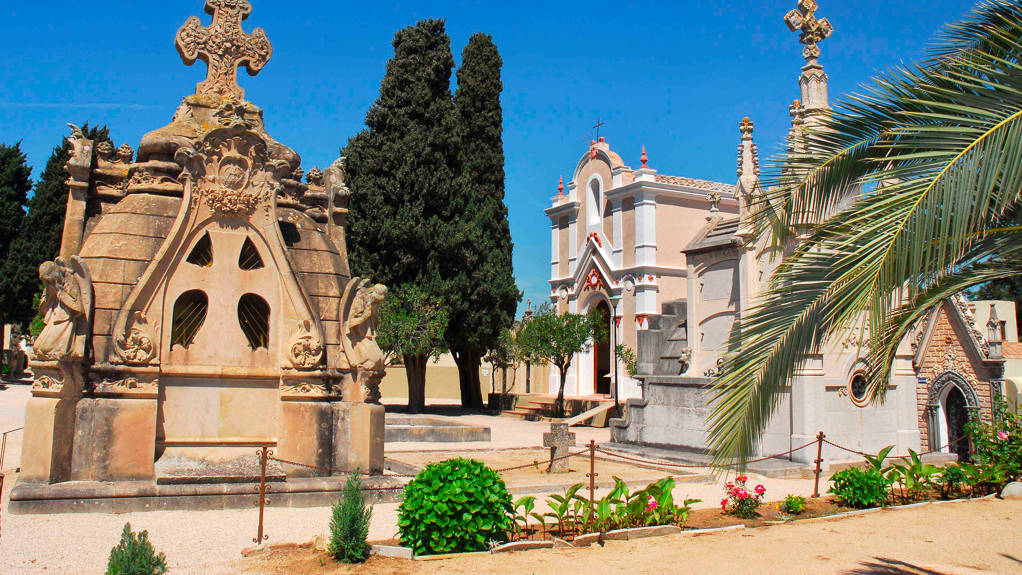
The legacy of the indianos through funerary art
Modernist cemetery
Did you know that?
Did you know that there is a European Cemeteries Route? This route includes significant cemeteries in Europe, places where you’ll find artistic and historical heritage with a difference.
In Spain, Catalonia is the region with the highest number of significant cemeteries. There are nine in total, eight of which are in the province of Barcelona. Lloret de Mar Cemetery, the only one in the province of Girona, forms part of the European Cemeteries Route and is a member of the Association of Significant Cemeteries in Europe (ASCE).
Lloret de Mar Cemetery preserves the influence of its indiano legacy. The new cemetery was a project implemented at the end of the 19th century thanks to the backing of a group of wealthy families who had largely made their fortune through overseas trading with the Americas.
Ever since the Parish Church of Sant Romà was built in the 16th century, its perimeter area had been used as a burial site. Several sites were proposed for the new cemetery, all located some distance away from the town centre. This trend, which gradually spread throughout Catalonia, mainly for reasons of public health, was frowned upon by the ecclesiastic powers. The main reason for the Church’s disagreement was that it considered the measure to be a desire for the secularisation of society and an attempt to abandon worship. The new location for the cemetery was finally chosen in 1891 and the project was commissioned to the architect Joaquim Artau i Fàbregas in 1892. The execution of the project was made possible thanks to private funding mainly from families involved in overseas trading and closely related to the upper middle classes of Barcelona. This led to the participation in the project of renowned architects such as Puig i Cadafalch. The layout of the cemetery was designed very carefully. It is as if the architect has transferred the 19th-century urban planning trends of big cities to the interior of the “city of the dead”, with avenues, promenades, squares, miniature city blocks, etc. The entire cemetery is organised on the basis of social hierarchy. The main avenue is lined with the tombs of private individuals, the indianos. The second- and third-class hypogea are located to the right and the left of the main avenue. Located some distance away from this area, there is an area for civil burials, along with another one for burials of the non-baptised. Information panels in several languages have recently been installed next to the historical monuments.
Strolling around the city of the dead
Costa i Macià Family Vault
(Puig i Cadafalch – 1902)
This family vault has a single-nave chapel structure. We can observe gargoyles, along with a group of angels on the pediment holding garlands of flowers, which in classical tradition symbolised the ascension of the soul. The interior has mediaeval features such as the keystone with skulls (the four figures of the Dance of Death: the lady, the king, the pope and the knight). The railings are Romanesque in style.
Bonaventura Conill i Montobbio:
Trailblazer of modernism in Lloret
Conill i Montobbio could be considered the architect par excellence of modernism in Lloret de Mar. He restored the interior of the Parish Church of Sant Romà, for which he also designed the Chapel of the Holiest Sacrament and the Chapel of the Baptistery (1916). A noteworthy characteristic of his work is the use of architectural features typical of the work of Antoni Gaudí, of whom he was a disciple, namely the red brickwork or the trencadís (mosaics created from broken tile shards) used to decorate the entire exterior of Sant Romà.
Durall i Suris Hypogeum
(Conill i Montobbio – 1903)
The angel and the cross constitute the main theme of the monument. The two elements are connected both physically (at the rear) and conceptually. The cross is the symbol of the resurrection, while the angel figure serves as a mediator.
Durall i Carreras Hypogeum
(Conill i Montobbio – 1903)
Conill i Montobbio’s recurring iconographic motif, the praying angel, is once again present. Through the twisting forms of the base, the figure’s wings merge with the roof of the hypogeum. The angel’s hands and the face, carved out of white marble, are also worthy of mention.
Mataró i Vilallonga Hypogeum
(Conill i Montobbio – 1907)
Gaudí’s influence is more evident here in the twisting, organic forms. The ear of corn and the cross are noteworthy elements, symbolising life and the resurrection respectively. The angel figure is once again present, although in this case it is in the abstract form of small winged heads.
Good overcomes evil
Esqueu i Vilallonga Family Vault
(Conill i Montobbio – 1909)
This is one of the most complex works. It is noteworthy that the architect does away with the chapel structure that characterises family vaults. The most important symbolic feature, the dragon, is holding in its claws a skull on top of which the broken tablets of the law rest, bearing the inscription “Lex”. The dragon, an animal belonging to the kingdom of shadows, strikes a threatening pose with its open mouth. The parabolic arch on which the cross is organically raised is also worthy of mention. Arches of this kind were reinvented by Gaudí and are frequently present in his works, as can be observed on the flat roof of Casa Milà or La Pedrera in Barcelona. The inscription on the cross, Ego sum vita, is the key to interpreting the work. It refers to the duality between good and evil. The cross is the promise of salvation and eternal life, while evil awaits a breach of Divine Law in order to condemn the human being.


